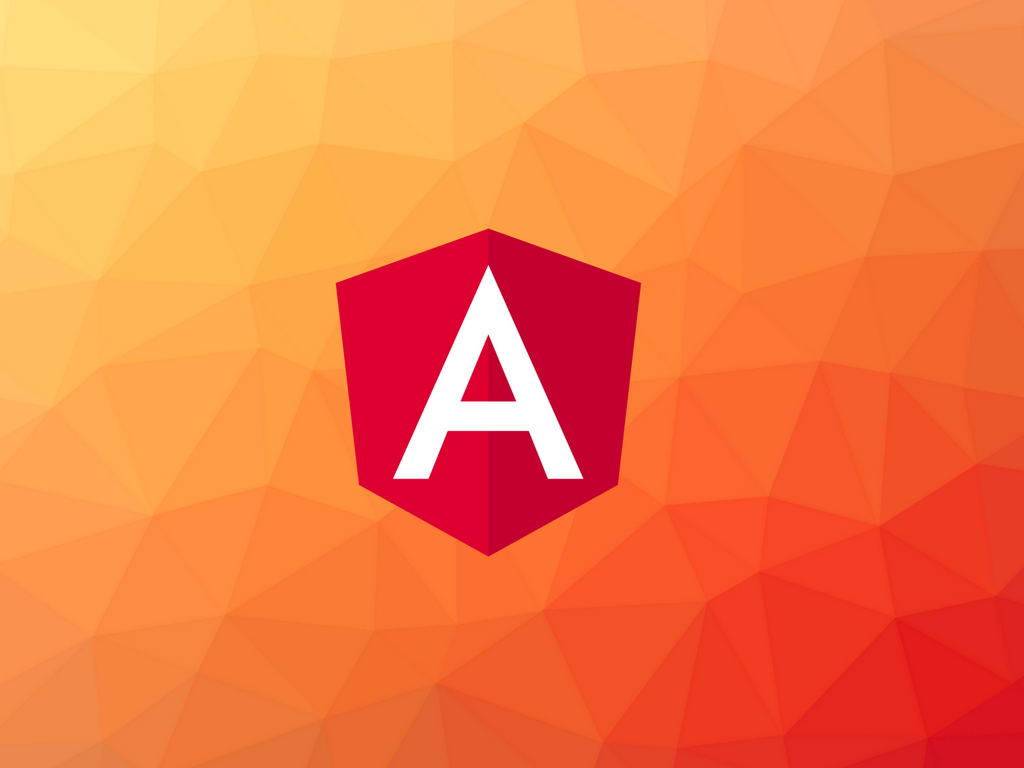In this article, I’ll be teaching you how to create your first Angular 7 Project.
Note: This course requires some basic knowledge of web development
Angular — The Framework
Angular 7
What is Angular?
Angular is a web development framework that makes it easier to build web apps. Angular combines a whole host of features, such as dependency injection, end to end tooling, and integrated best practices to help you build a web application for the web, mobile, and desktop. You may have worked with something like Node JS before, and Angular is built off of Node JS and combines a host of other tools to create an integrated web framework. Angular is written in something called Typescript. Typescript is built off of Javascript, and combines features of Object Oriented Languages (OOP), such as classes, type declaration. Typescript is an interpreted language, and is compiled to Javascript. This means that the core features of javascript are unchanged, only improved, by Typescript. Angular is based around Typescript.
Get started with Angular
This assumes you have NodeJS installed. To make sure you have Node Installed, run node -v and it should return a version number.
Install the Angular Command Line Interface (CLI)
Use NPM (Node Package Manager) to install the command line interface for Angular. The CLI allows you to easily create and use Angular Projects
npm i @angular/cli
Note that you may need sudo if running on Mac or Linux
Create a new Angular Project
Navigate to where you’d like to place your new project. This creates a new Angular project with the name “my-angular-app”. Think of this project as a scaffold for your application, it quick starts your development.
ng new my-angular-app
You can now move into this application by running cd my-angular-app . To start the application, run ng serve -o . This will start the Angular development server and open the link to it (localhost:4200) in your default web browser.
Great, right? Now that you have the basic boilerplate code for an Angular App, you can build on top of it.
And that brings us to the end of this article. I hope this article has enabled you to successfully create your first Angular App. In the next article, I’ll be going into how Angular Projects are organized.

